An expedition into rainforests on Ecuador’s coast by Reptile & Amphibian Ecology International (RAEI) have revealed a number of possible new species including a blunt-snouted, slug-eating snake; four stick insects; and up to 30 new ‘rain’ frogs.
The blunt-snouted snake, which feeds on gastropods like slugs, is especially interesting, as its closest relative is in Peru, 350 miles away. In addition, a fifteen-year-old volunteer with the organization found a snake that specializes on snails. The researchers are unsure of this is a new species: the closest similar snake is 600 miles away in Panama.
So-called ‘rain frogs’, of which the expedition may have discovered 30 new species, lay their eggs in trees, instead of in water. When they hatch the young frogs are not tadpoles, but actual mini-versions of adults. The frogs require moist forests in order to breed successfully, researchers fear that climate change could make the forests drier.
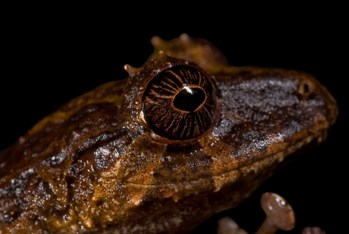 An unidentified rain frog of the genus Pristimantis from Cerro Pata de Pájaro in western Ecuador. Photo and caption by: Paul S. Hamilton. |
“There is obviously a great concern that these species will disappear as soon as, or even before, they are formally described by science,” said expedition leader Dr. Paul S. Hamilton of RAEI.
Many of the new species were found on a single mountain rising to 800 meters, called Cerro Pata de Pájaro. A few square miles of cloud forest blanket the mountain’s peak.
This forest and other lowland rainforests nearby are threatened by deforestation for cattle grazing, logging, and hunting according to RAEI. In addition, rising temperatures could force ecosystems, such as Cerro Pata de Pájaro’s tiny cloud forest, higher and higher up the mountain until there is no-where to go. Already researchers in the tropics have found plants moving upslope to keep up with temperatures.
“The good news is, the animals are still there and alive, so there is still time to save them from extinction,” said Dr. Kerry Kriger, Executive Director of the nonprofit advocacy organization Save the Frogs. “But we need to take action now to make it happen.”
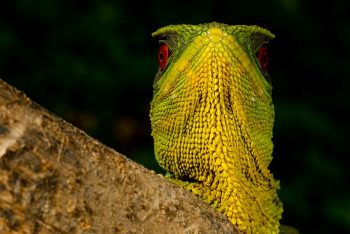 A brilliant male O’Shaughnessy’s Dwarf Iguana, Enyalioides oshaughnessyi, in a rare Ecuadorian cloud forest that is in danger of disappearing from global warming. Photo and caption by: Paul S. Hamilton. |
Amphibians are one of the world’s most threatened taxa: devastated by disease, climate change, pollution, and habitat loss. But some researchers say that reptiles may be as endangered as amphibians once more research is completed. Currently the IUCN Red List lists 30 percent of the world’s amphibians to be threatened with extinction, and 28 percent of the world’s reptiles, although many reptiles remain to be evaluated.
Surveys by scientists have found over 140 species of reptiles and amphibians in the area alone. In contrast, all of Europe contains only 236 amphibians and reptiles.
“There are countless gaps in our knowledge about the status and distribution of tropical animals; this study just scratches the surface of what we know about this region alone, much less what is happening to global patterns of extinction,” said Dr. Hamilton, adding that “to stem the pattern of current extinction rates, we all need to do our part, whether that be driving less, eating less meat, or simply educating ourselves and spreading the word.”
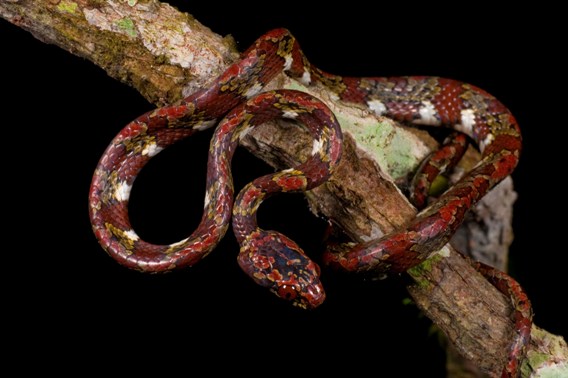
An unidentified snail-sucking snake of the genus Sibon recently found in western Ecuador. A similar species is found nearly 600 miles away in Panama. Caption and photo by: Paul S. Hamilton.
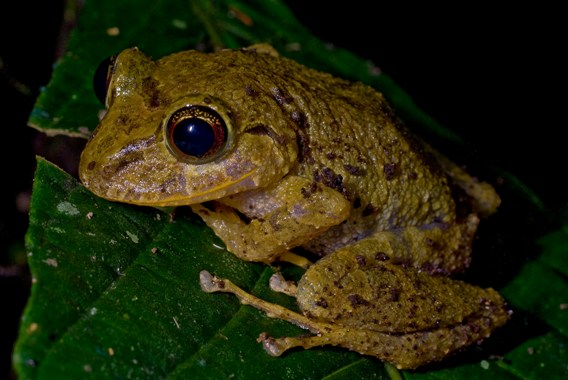
An unidentified rain frog of the genus Pristimantis which is distinguished by others from a red streak through the iris. Caption and photo by: Paul S. Hamilton.
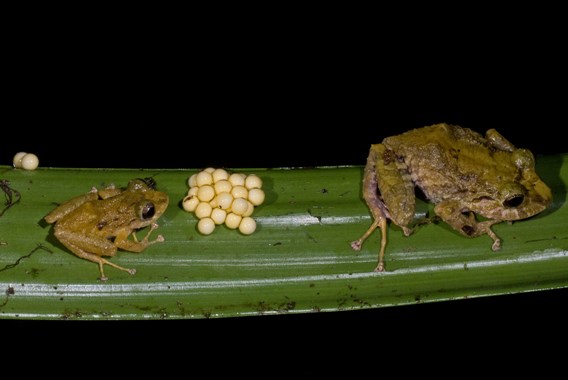
Rain frogs are dependent on moist habitats to lay their eggs in trees. Warming and drying trends from human-caused climate change may interfere with these frogs’ ability to reproduce. Caption and photo by: Paul S. Hamilton.
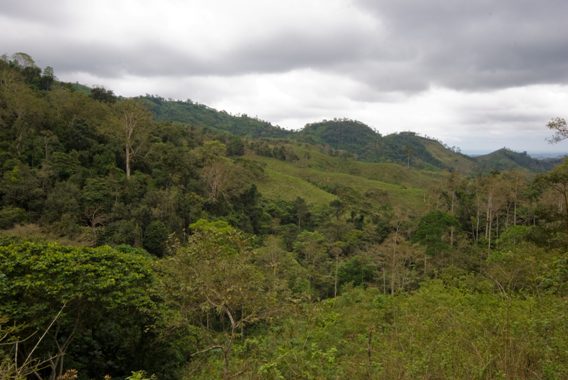
Deforestation seen in the foreground of this image form Cerro Pata de Pájaro has occurred mainly for cattle grazing. Remnant forests still containing rich biodiversity are seen on the mountaintops in the region, but are under threat from continued deforestation as well as global warming. Caption and photo by: Paul S. Hamilton.
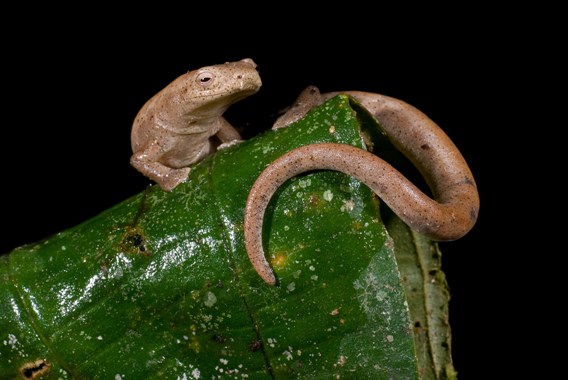
Salamanders of the genus Bolitoglossa lack lungs, and instead breathe entirely through their skin. This one was encountered in a recent expedition to western Ecuador. Caption and photo by: Paul S. Hamilton.
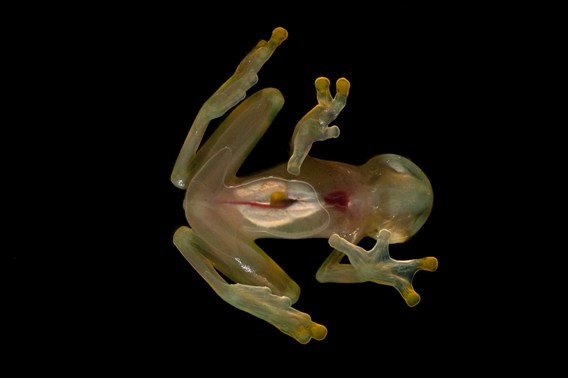
Salamanders of the genus Bolitoglossa lack lungs, and instead breathe entirely through their skin. This one was encountered in a recent expedition to western Ecuador. Caption and photo by: Paul S. Hamilton.
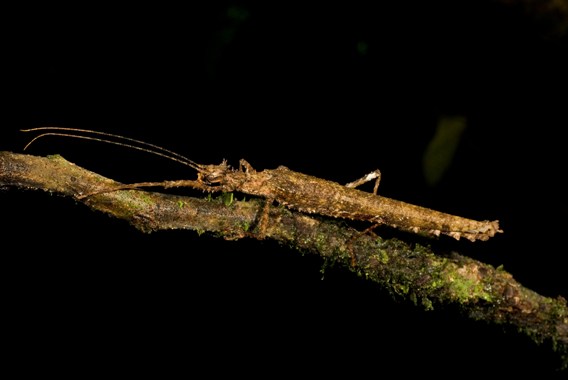
A stick insect of the genus Xylospinodes was one of at least four new species of such creatures found in the course of our studies of reptiles and amphibians. Photo and caption by: Paul S. Hamilton.
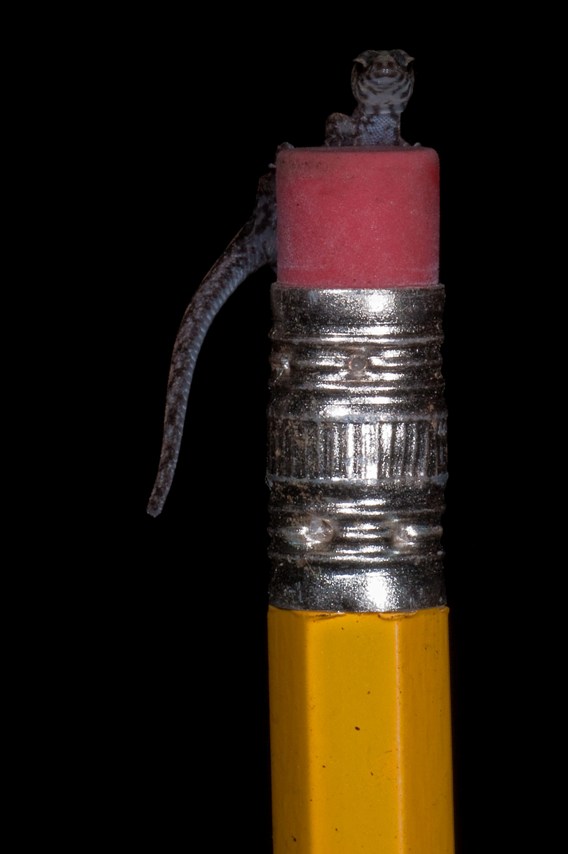
This tiny scaly-eyed gecko, Lepidoblepharis buschwaldii, never gets much larger than this one. Photo and caption by: Paul S. Hamilton.
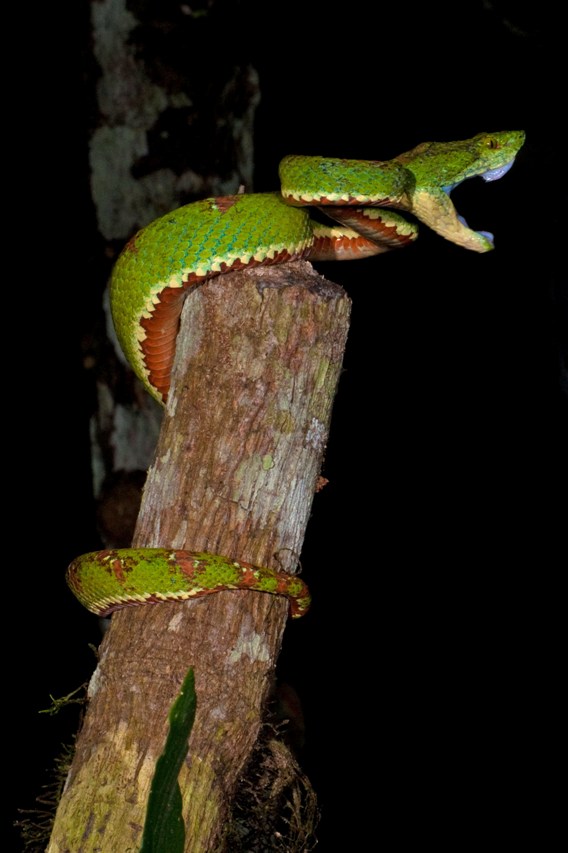
A spectacular eyelash viper, Bothriechis schegelli, is one of the inhabitants of imperiled forests in western Ecuador. Photo and caption by: Paul S. Hamilton.
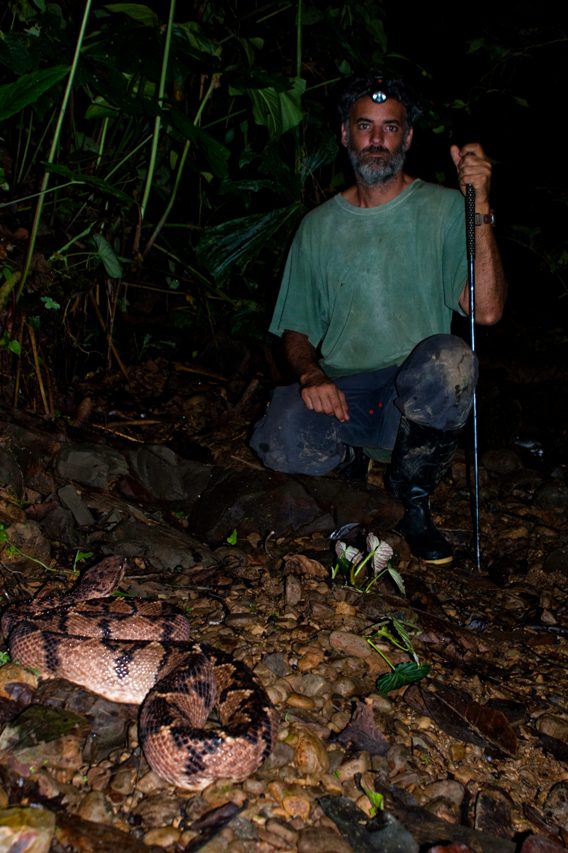
The bushmaster, Lachesis acrochorda, is the longest viper in the world, but rarely seen in its native habitat, a likely consequence persecution by humans. This individual was found in a recent expedition to western Ecuador. Photo and caption by: Paul S. Hamilton.
Related articles
Photos: treasure trove of new species discovered in Ecuador

(06/16/2009) Near the once-contentious border of Ecuador and Peru in the mountainous forests of the Cordillera del Condor, scientists from Conservation International (CI) conducted a Rapid Assessment Program (RAP), uncovering what they believe are several new species, including four amphibians, one lizard, and seven insects. The team focused on the Upper Nanharitza River Basin, which has been geologically isolated from the rest of the Andes, giving it broad potential for new species.
World’s smallest orchid discovered in Ecuador
(11/30/2009) Measuring just 2.1 millimeters wide, the world’s smallest orchid has been discovered hiding in the roots of another plant, reports the Independent.
Photo of new chameleon species discovered in Tanzania
(11/23/2009) Researchers have discovered a new species of chameleon in southern Tanzania.
Photos: new gecko discovered on bizarre and beautiful Socotra island
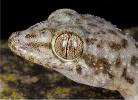
(09/10/2009) Lying in the Indian Ocean half way between Somalia and Yemen, the strange island archipelagos of Socotra offer a bewildering array of life found no where else on Earth. Thirty seven percent of its plant species, ninety percent of its reptiles, and ninety-five percent of its snail species are endemic. Now biologists can add a new species to this list. Italian researchers unraveled the mystery of a gecko named Hemidactylus inintellectus. Inintellectus translates to ‘misunderstood’, since the gecko, which is common on the island, was consistently confused with other species.
Photos: hundreds of new species discovered in Himalayan region, threatened by climate change

(08/10/2009) Scientists from a variety of organizations have found over 350 new species in the Eastern Himalayas, including a flying frog, the world’s smallest deer, and a gecko which has walked the earth for 100-million-years, according to a new report by the World Wildlife Fund (WWF). The report, entitled Where World’s Collide, warns that these rare biological treasures, as well as numerous other species, are threatened in the Eastern Himalayas by climate change.
Photo: Salamander is first 4-legged animal discovered in U.S. in 50 years
(07/09/2009) Researchers have discovered one of the world’s smallest salamanders in a road-side creek in Georgia. The amphibian is so unique that it represents the first new genus of four-legged animal discovered in the United States in 50 years.
Approximately 200 new frogs discovered in Madagascar threatened by political instability

(05/11/2009) Amid the amphibian extinction crisis—where amphibians worldwide are disappearing due to habitat loss, pollution, and a devastating fungal epidemic—the Spanish Scientific Research Council (CSIC) has announced some good news. In a survey of the island-nation of Madagascar they have identified between 129 and 221 new species of frogs. The discovery of so many new species nearly doubles the island’s total number of frogs.
New chameleon species named after carbon conservation pioneer
(04/21/2009) A newly discovered species of chameleon from Tanzania has been named after Dorjee Sun, CEO of Carbon Conservation, an outfit which seeks to make rainforest conservation profitable through a carbon market mechanism known as REDD for Reducing Emissions from Deforestation and Degradation.
Photos: Undocumented species discovered in Papua New Guinea

(03/25/2009) Colorful jumping spiders, a tiny frog with a “ringing song” and a striped gecko are among more than 50 previously unknown species discovered during a recent survey in the remote highlands of Papua New Guinea. More than 600 species were documented during the 2008 expedition, which was led by Conservation International (CI) under its Rapid Assessment Program (RAP).
Smallest Andean frog discovered in cloud forests of Peru
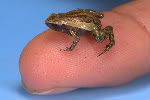
(03/18/2009) At 3,000 meters (9,842 feet) in the Andes herpetologists were surprised to discover a frog so small it could sit on a dime with room to spare. Further study showed that this new species, named Noble’s pygmy frog, is the smallest frog in the Andean mountain range.